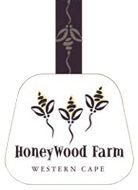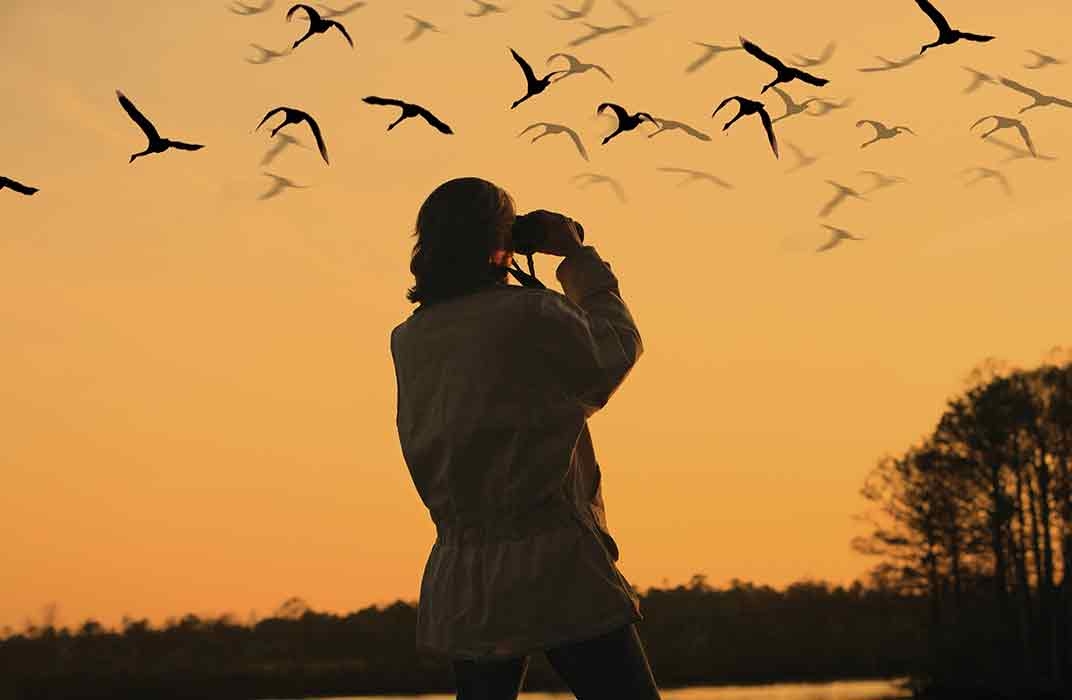The Greater and Lessor Honey Guide are two species of birds which are frequently seen on Honeywoodfarm. There are several resident pairs of forest buzzards in the forest and adjacent area. A pair of crown eagles may be seen displaying and hunting above the canopy. The Knysna woodpecker, Olive woodpeckers and Knysna warblers can also be found in the forest. These are just a few of the birds you can find here. A list of the birds in and around this area is available on request. The best birding guide for this area is the Sasol Birding Guide by Cullen Cohen.
Call of the Honeybirds
“Honeybirds are terribly clever. They make two sounds, one to call you and the other to show you are close. I would pretend not to see the hive, so they would show me another.” Major General Graham Moodie chuckled as he remembered. It is easy to imagine him as a young boy following the Honeybirds, finding honey and bees in the forests of George.
“The local population showed me the Honeybirds and how to call for them when you are in the forest and how they guide you to honey.” A sad moment cross his face, “The only reason they don't guide people any more if because no-one uses them. They are still there. I know because I have seen them eating bits of wax that John, my son, leaves around.” He then adds, “Wax is from honey. The bees turn honey into wax, but very few creatures can reverse this. The Wax Moth and the Honeybird can. “
Bees and beekeeping captured Graham when he was 14 years old, when he read “The ABC and XYZ of Beekeeping”. “By the time I wrote matric I had developed a tremendous interest in bees. I wanted to be a beekeeper.”
Did you know,he says, “Honey is invert sugar, meaning that the human body can digest it immediately. Ordinary cane sugar must be digested before the body can use it. Honey is digested by the bees for us so our bodies can use it immediately.
For example a diabetic can have a little bit of honey if they have over injected themselves because it enters the blood stream instantly.”
“Bees are fasinating creatures to work with.” And here he adds in a quick snippet of information: “Bees will stay with a chosen flower for a trip. No-one knows why this is, but if a bee starts with apples he ends with apples. Bees do not jump from one flower specieis to the next. “It is just a rule of nature – the moment it arrives with the nector back at the hive it is all mixed up. No logical explansation, just a rule of nature.” Then he laughs, “I have written quite a bit about bees, but then bees are the most written about insects in the world. They have always fasinated people – just look at some of the superstitions and ideas people have about bees.
“For example it is often misunderstand that pollen is what makes honey. Nectar, which is produced to attract insects, is used to make honey. Pollen is something different and is for fertilizing. Bees in the process of collecting nector, which they eat, spread pollen fertilizing plants.”
“Did you know that when honey is removed from the hive it crystalizes and in this form it lasts forever. You could eat honey from the pyramids. Nothing can live in honey except a few bee diseases, but not other bacteria. It is a complete antibiotic.”
If Honeybirds were human, they would be the Moodies – calling you to the bees and the honey in the forests.




